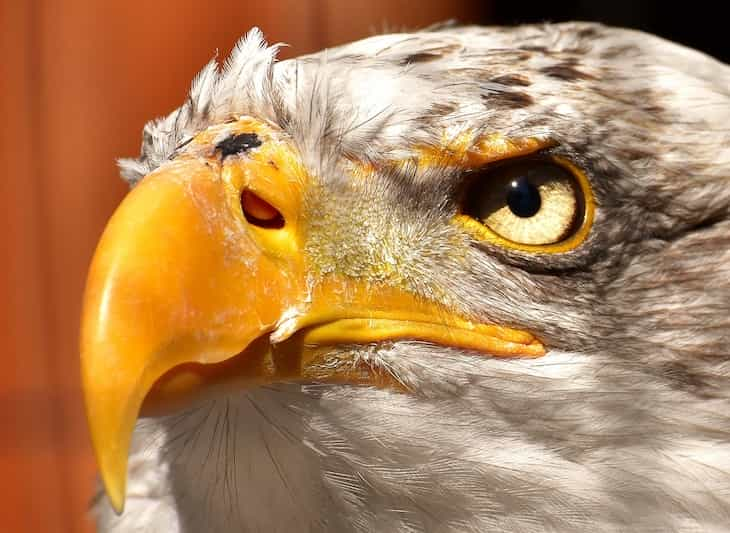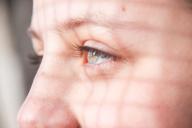Many animals and birds have surprising talents and adaptations making them highly effective hunters and survivors.
For example, eagles have amazing eyesight, and their superior vision is one of their distinctive features.
Let's find out more about how their eyes work.
Eye Structure
Eagles have large eyes relative to their head size.
This anatomical feature allows more light to enter the eye, enhancing their vision in various lighting conditions.

The eyes are also positioned forward-facing, providing a broad field of view.
Binocular Vision
The forward-facing position of the eyes gives eagles binocular vision.
This means that both eyes focus on the same object simultaneously, providing depth perception.
This depth perception is vital for accurately judging distances, especially when spotting prey from high altitudes.
Concentration of Cones
Eagles have a high concentration of cone cells in their retinas, particularly in the fovea, which is the central part of the retina responsible for sharp, detailed vision.
This abundance of cones allows eagles to discern fine details with remarkable clarity.
Color Vision
The arrangement of cone cells in eagles' eyes enables them to perceive a wide spectrum of colors.
This color vision is beneficial for tasks such as identifying prey and navigating their environment.
Adjustable Lenses
Eagles can alter the curvature of their eye lenses, a unique adaptation among birds.
This feature allows them to focus sharply on objects at varying distances.
The ability to adjust their lenses contributes to their versatility in hunting and tracking.
Previously, we talked about people who shouldn't get a dog.









